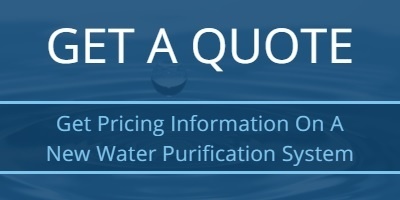
Most industrial metal and plastics surface finishing process lines include a Deionised water rinse stage. This stage is invariably to rinse the components and ensure that no contaminants are left on the surface of the workpiece.
This process is critical to ensure good surface adhesion for whatever the component is then being coated with.
It is still the practice in many surface finishing processes to use the Deionised water in the rinsing process and then allow it to overflow to drain. This practice has implications in water cost, effluent discharge cost, regeneration and effluent treatment chemical cost, product quality and Deionised water quality.
Cost
Mains water costs vary, but can be £1.95 per 1,000 litres to take in. Effluent discharge costs do vary depending on the nature of the effluent, but these can be as much again to discharge. As can be seen water is a valuable resource to be re used and recycled where possible. The truth is that Deionised rinse water can be returned to the Deionised water plant, re-purified and sent back to the rinse baths. The good news is there is also no limit on how many times this can happen.
Quality
By continually recirculating and polishing the Deionised rinse water in this way, the overall Deionised water quality in the rinse bath will improve which will enhance product quality. By recirculating through the Deioniser the conductivity instrument in the Deioniser is now within the circuit and is providing a continual display to the user of the Deionised water quality within the bath. This Deionised water quality can also be varied by the Deioniser size and the rate of flow that the water is recycled through the rinse bath.
Water Consumption
By adopting this mode of operation, the only water that is consumed in this process is the water used to regenerate and backwash the Deioniser. Depending on the contamination rate of the Deionised rinse water, this saving can be 85 to 90% in water consumption and effluent costs.
Apart from carbon footprint and ISO14000 compliance this can represent a significant pay back to the user.
Deioniser Effluent
In certain situations where the rinse water has picked up heavy metals such as cadmium, nickel or copper, this will be of a greater concentration in the regeneration effluent from the Deioniser. In this situation an IONMASTER SI, selective Ion Exchange Deioniser can be used.
To learn more about The IONMASTER ACTB, go to http://www.wychwood-water.com/products-2/deionisation-products/ionmaster-actb-deioniser/










 We are a specialist independent company involved in water purification and water treatment technologies
We are a specialist independent company involved in water purification and water treatment technologies


